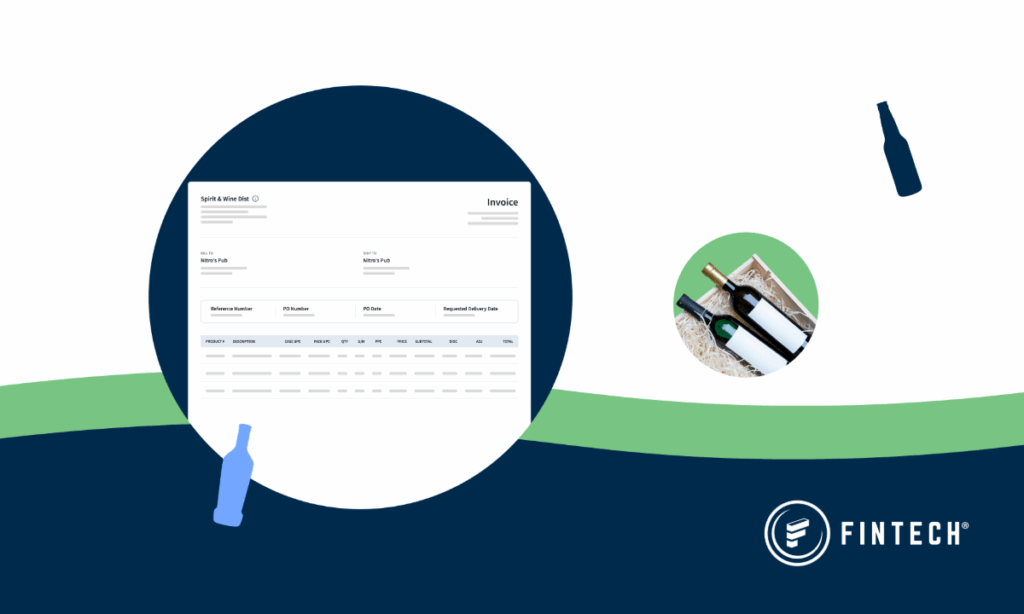This blog is written by Fintech partner, Restaurant365.
It has never been more important to take a close look at your restaurant labor costs
Restaurant owners and operators are facing a labor market shortage that is yet another enormous challenge after a difficult year. As conditions change quickly, staying ahead of your labor costs can be critical to weathering the storm. As a restaurant owner or operator, you should first and foremost be able to accurately track your labor costs. Then, with this information in hand, you are better prepared to face the challenges of the current labor market. And when you have both accurate data and an understanding of how to improve retention and hiring, you are in a better position to optimize your labor costs. Let’s dive into the key information for both areas.
How to calculate your labor cost
Before you can fine-tune your labor costs, you need to fully understand how much you’re spending on labor. Labor is one of your restaurant’s biggest expenses, but it can feel difficult to track. Hospitality labor costs fluctuate by the day part and the week, and are influenced by your salaried, hourly, and tipped worker schedules. While it may seem difficult to thoroughly track labor, this complexity is exactly the reason you should spend time automating systems that calculate your labor cost.
Where to start? Here are the basics.
Calculate Your Labor Cost Percentage
Of course, you can use your restaurant management system to pull the numbers that show how much you are spending on labor. However, if you just look at the dollar amount of your labor, you are missing critical information.
The best indication of your labor efficiency is the cost of labor as a percentage of sales. This shows how your labor expense is tracking customer demand, or in other words, how much you spend on labor to produce your sales. You can calculate your restaurant labor cost percentage with the following formula:
Total Labor Cost ÷ Total Sales = Labor cost as a percentage of total sales
The total labor cost includes all expenses related to labor over a certain period of time, like your hourly wages, payroll taxes, and benefits. The total sales refer to your revenue numbers, which should be pulled from your point of sale (POS) system.
Industry standards put the hospitality labor cost percentage somewhere between 25-35% of sales; however, this number can range widely between establishments like quick-service restaurants to fine dining.
For your own optimization purposes, it’s most important to track your own restaurant labor cost over time. Industry benchmarks can be helpful, but it’s more relevant to compare your own percentages in different sales periods. This way, you can see what percentage you should be aiming for to run your unique restaurant efficiently while still maintaining your excellent customer service.
Other Helpful Labor Market Metrics
Sales Per Labor Hour
With labor in particular, it pays to go as granular as possible in your analysis. One helpful tool is tracking your sales per labor hour (SPLH), which allows you to understand your labor productivity by day part.
Your SPLH can help you break down the efficiency of different shifts. If the number is low, there may be an overstaffing issue that can be adjusted. If the number is high, you may need to examine if there is understaffing that is affecting service. The more granular you can get, the more you can optimize how your managers are scheduling shifts.
Labor Cost Per Staff Role
In addition to examining labor by hour or day part, consider breaking up your restaurant labor cost into different roles. Whether it’s comparing front of house versus back of house, or your managers versus your hourly employees, you can start to spot patterns in how different teams are contributing to overall productivity.
Optimizing labor costs in today’s labor market
Of course, tracking your labor costs is only part of the equation for your labor puzzle.
Every restaurant owner, operator, and manager is certainly aware of the current staffing challenges in the restaurant industry. Recruiting and retaining good workers has always been a challenge in the restaurant industry, even pre-pandemic. However, restaurants are currently facing a labor shortage that is almost unprecedented.
The vaccine rollout and falling COVID-19 cases mean that many restaurant restrictions have been lifted. Restaurants are resuming increased on-site dining or full indoor capacity, and diner demand is surging.
At the same time, many restaurants are challenged by inadequate staffing levels because of a lack of available applicants. The labor shortage has forced many owners and operators to limit business hours or even temporarily close locations.
In this tight labor market, operators need to optimize labor costs not only to meet labor budget goals—but sometimes, to literally keep the doors open and customers served.
Four tips to help optimize labor costs post-pandemic
So, how do you start optimizing restaurant labor costs in a tight labor market? Here are a few places to begin examining.
1. Leverage forecasting for scheduling
Sales forecasting is an indispensable tool for restaurant operators and managers. When you don’t have extra restaurant employees to spare, you want to make sure you are scheduling as strategically as you can.
Forecasting pulls historical sales information from your POS system, drawing sales levels from comparable time periods, so you can project the demand in the future based on past data, not just “manager’s gut.” This is especially important after an unpredictable year, with sales levels fluctuating due to external factors. Having the ability to look back to previous sales periods with more comparable data can help you schedule moving forward.
In short, sales forecasting enables a better schedule. By saving labor hours for when you need them, you can make the most out of the staff that you do have.
2. Arm managers with data
After using sales forecasting to write better schedules, consider also empowering your managers with the data they need to refine the schedule even more.
For instance, if you know your SPLH goal, give your managers access to current labor costs so they can make adjustments in the moment. Your managers can make decisions about strategically using breaks, cuts, or call-ins to adapt to real-time conditions and ensure you are optimizing your labor costs, shift by shift.
3. Cross-train employees
If you are facing a tight labor market, it’s time to adapt. The best people to brainstorm with? Your staff! They’re the ones on the ground level who do the work, day by day. They know where processes can be streamlined. Creative ideas can help redefine responsibilities.
Can your server work as a bartender during a slow lunch hour? Can your afternoon BOH staff fill in some prep duties for the morning crew? Take time with your team to revisit some of your restaurant staff roles and analyze where there can be creative overlap.
Of course, although you want to optimize your labor costs, if your locations are currently understaffed, keep an eye on what you are demanding from your current employees. If cross-training employees is going to lead to burnout or lower retention rates, you will want to re-examine your strategy.
4. Focus on recruitment and retention
Related to the previous tip, make sure that in the focus on hiring more employees, you don’t lose sight of where you currently have a valuable asset: your existing staff.
Especially if your staff is currently working a bit more or under more crunched conditions, focusing on employee retention is a must. If you are demanding more of your staff, make sure to also consider their compensation and job satisfaction. When they are doing extra responsibilities, they should be appropriately recognized.
In addition, when you are going through the hiring process, focus on retention from the very start. This can include reevaluating your hiring practices or investing in an applicant tracking system to ensure applicants are a good fit for your culture, pay structure, and job responsibilities. It also means communicating effectively about your own expectations and the value you provide as an employer.
Conclusion
To adapt to a tight labor market, you need to optimize your labor costs. The hospitality industry is all about people, and maintaining a dedicated staff is central to any successful restaurant.
If you’d like the tools you need to control labor costs, consider an all-in-one restaurant management software platform, now with the new Smart Ops Release. Restaurant365 incorporates restaurant accounting software, restaurant operations software, inventory management software, payroll + HR software, and scheduling software into a cloud-based platform that’s fully integrated with your POS system, as well as to your food and beverage vendors, and bank. Ask for a free demo of Restaurant365 today.






